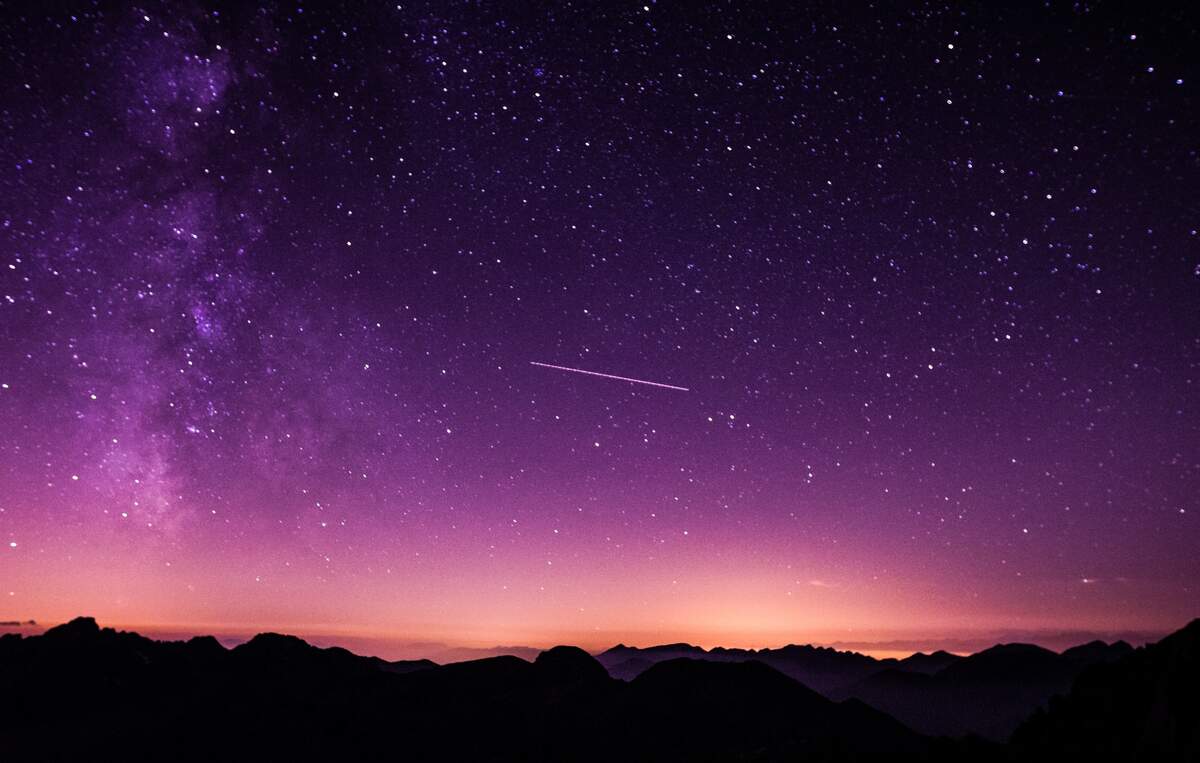

National Meteor Day
Also known as
Meteor Day
National Meteor Watch Day
Observed
annually on June 30th
Dates
Hashtags
Sources
https://www.ibtimes.com/national-meteor-day-2015-5-must-know-facts-about-shooting-stars-plus-stunning-1988655
https://www.punchbowl.com/holidays/meteor-day
https://www.space.com/15353-meteor-showers-facts-shooting-stars-skywatching-sdcmp.html
https://www.wtsp.com/article/entertainment/television/brightside/got-a-minute/whats-that-falling-from-the-sky/67-1af94226-37fa-45a0-97fc-34226bd43d3f
Heads raise upwards and eyes scan the sky, keeping watch for meteors, for it is National Meteor Day, also commonly known as National Meteor Watch Day. Meteors, sometimes called shooting or falling stars, glow brightly as they fall through the Earth's atmosphere. They start out as meteoroids, a small piece of space dust made of rock or metal, which may be as small as a particle or as large as a rock, and which has broken off from an asteroid or planet. Meteoroids come up against air particles, which creates friction. They then heat up and burn to the point of vaporization. The glow they produce is the hot air that remains as they burn.
Meteors may appear to be a momentary bright white light, but they actually change colors as they burn, the colors indicating the gases the rocks are made up of. Silicate burns red, sodium is orange and yellow, copper is blue or green, potassium is purple, and iron is yellow. If a meteor makes it through the Earth's atmosphere intact or without completely burning up, and reaches the ground, it is known as a meteorite. Meteorites make craters many times their size.
Meteors are more often seen at night than during the day. They can be spotted when they are at a distance of somewhere between 34 and 70 miles above the Earth, and they disintegrate when they are 31 to 51 miles from it. On average, meteors range in speed from 25,000 to 160,000 miles per hour and get as hot as 3,000 degrees Fahrenheit.
When many meteors are seen at once, they are known as a meteor shower. This happens when Earth passes through a group of meteoroids while orbiting. The meteors travel at high speeds and in parallel trajectories, and appear to radiate from a single point. Meteor showers are periodic: some happen at the same time every year, some happen every few years, and some happen only once every so many decades. They are named after the constellation it appears they are coming from. Some of the most prominent are the Perseid meteor shower, named after the constellation Perseus, and the Leonid meteor shower, named after constellation Leo. About 30 meteor showers take place each year.
The phrase "wish upon a star" is believed to have originated in Greece in the second century. The writings of Ptolemy may have influenced people to believe that stars fell when the gods looked down from the heavens. If the gods were looking down, it meant it was the perfect time to make a wish, because maybe they'd hear it. Similarly, meteorites that made it to the ground were viewed by some during ancient times as either gifts from angels or displays of anger from the gods.
National Meteor Day takes place on June 30th, just as Asteroid Day does. The latter holiday was placed then because it was on that date in 1908 that the Tunguska event occurred. Although it's unknown who created National Meteor Day, it almost certainly was placed on June 30th for the same reason that Asteroid Day was. The anniversary of such a celestial event is a fitting time for a holiday that is known as National Meteor Watch Day, and the perfect time for looking for objects streaking across the sky.
How to Observe National Meteor Day
Some ways you could spend the day:
- Look for meteors. The best time to do so is at night. Make a wish each time you see one!
- Check the American Meteor Society website for the week's Meteor Activity Outlook.
- Join the American Meteor Society.
- Visit one of the best places to see a meteor shower.
- Watch Fireball: Visitors from Darker Worlds.
- Read a book about meteors.
- Learn about the major meteor showers.





















